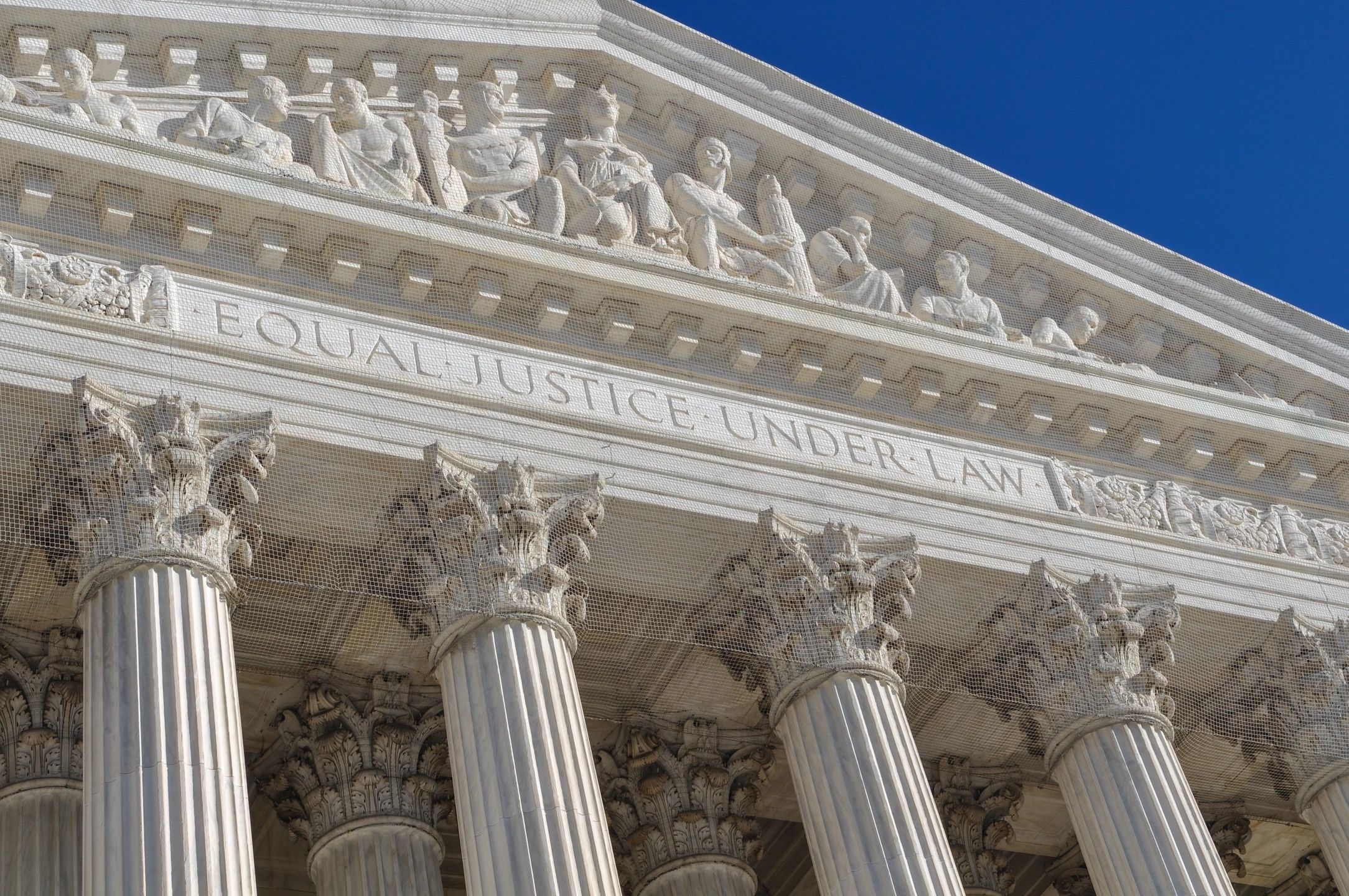A First Nation in northern Alberta has initiated legal action against the Alberta Energy Regulator (AER), citing negligence and a failure to uphold Treaty obligations following multiple tailings leaks at Imperial Oil’s Kearl facility.
In a press statement released on Tuesday, the Athabasca Chipewyan First Nation (ACFN) disclosed the lawsuit, filed in the Alberta Court of Kings Bench, stems from two significant leaks from the oilsands mine’s tailings ponds occurring between May 2022 and February 2023.
ACFN alleges that the regulator neglected to notify the First Nation about the leaks. The lawsuit asserts claims of “negligence, nuisance, breach of the duty to consult, breach of the Honour of the Crown, breach of fiduciary duty, and unjustified Treaty infringement,” as stated in the news release.
Imperial Oil Ltd.’s submitted documents reveal that the company and the energy regulator were aware of tailings seepage into groundwater at the Kearl oilsands mine years before a pool of contaminated fluid surfaced.
“The AER is supposed to regulate the energy sector in Alberta to ensure safety and environmental responsibility. They have spectacularly failed on this front,” ACFN Chief Allan Adam said in the news release.
In May 2022, Imperial Oil notified the Alberta Energy Regulator of the discovery of brown sludge beyond the confines of its Kearl site, situated approximately 70 kilometers north of Fort McMurray.
The disclosure of a spill exceeding 5.3 million liters of hazardous chemicals and the deficiencies in four tailings ponds came to light in early 2023 when the regulator issued environmental protection directives against Imperial.
Local First Nations chiefs expressed outrage that community members had been harvesting in the affected area for nine months without being informed of potential contamination risks.
According to the filed claim, three significant leaks occurred between May 2022 and November 2023. The lawsuit contends that despite the occurrences, the AER failed to take any measures during the nine-month period to inform the First Nation about the leaks.
The lawsuit suggests that the leak may have affected resources such as groundwater, causing concern among members of the First Nation about potential contamination.
However, none of these allegations have been substantiated in court.
Adam delivered the lawsuit notice to CEO Laurie Pushor, representing the regulator, during a Tuesday evening gathering attended by ACFN members and AER representatives at a community hall in Fort Chipewyan. The meeting incorporated a video conference link for media coverage.
Following the receipt of the lawsuit notice, Pushor commented that the agency would “take the necessary steps to address this matter appropriately and navigate through it.”
A statement released by AER on Wednesday expressed gratitude for the chance to engage with the Fort Chipewyan community. AER employees were provided with a document, and the organization will be seeking legal counsel.
At the gathering, certain members advocated for the closure of the Kearl mine, while others criticized the regulator for breaching the trust of the First Nation by withholding information about the tailings leaks.
Kendrick Cardinal, president of the Fort Chipewyan Métis Nation, shared with CBC News post-meeting that the relationship between the AER and the community “is strained.” He emphasized the significance of Tuesday’s meeting in fostering better relations between the energy regulator, industry stakeholders, and the local First Nations.
As per the statement of claim, the First Nation is pursuing a declaration asserting that the AER’s regulatory framework concerning the oversight of tailings facilities violates the constitution and encroaches upon ACFN rights.
Furthermore, the First Nation is requesting a declaration affirming that the Crown has neglected its duties under Treaty 8 and is seeking compensation for all or part of the royalties generated by the Kearl Project during the period of the leaks.
Additionally, the ACFN seeks an order for the AER to rectify damages resulting from the leaks and to implement “all reasonable and necessary measures” to prevent future occurrences.



